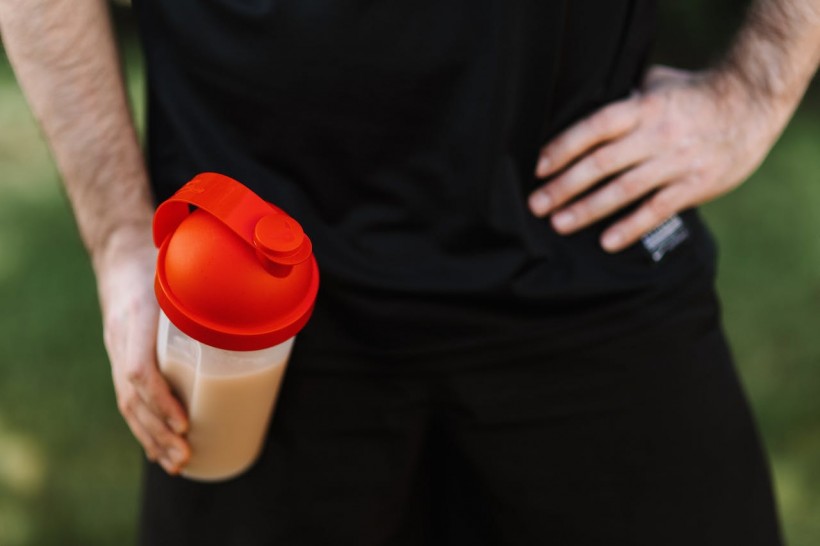Though there are several protein sources available, protein shakes and powders have become a high-quality and popular source of this crucial nutrient.
Protein Shakes
Protein shakes are considered a dietary supplement. The Food and Drug Administration classifies dietary supplements as products with a dietary ingredient, such as amino acids, minerals, and vitamins. In the case of protein shakes, amino acids are present. These amino acids are also considered the building blocks of protein.
Though there are some ready-to-drink liquid protein shakes, these dietary supplements can also be bought powdered. Some of these protein powders come from plant or animal-based sources. The most famous protein powders from animals are casein and whey protein, while popular plant-based protein sources are rice, pea, hemp, or soy protein.
Generally, protein shakes are helpful when one does not have any readily available or accessible sources of high-protein or if food alone is not sufficient for one to reach the desired daily protein levels.
ALSO READ: Best Protein Powder for Women: The Essential Guide in Choosing Supplements for Your Fitness Goals
Do Protein Shakes Help With Weight Loss and Muscle Gain?
Initially, protein shakes were taken by gym enthusiasts and athletes who desired to boost performance and increase muscle mass. It has also been discovered that mixing protein shake intake with resistance training could lead to muscle growth and also boost recovery and physical performance. This is due to how resistance training stimulates the protein synthesis of muscles.
Researchers also think that protein shake intake could boost the levels of amino acids in the bloodstream. This could trigger a significant muscle synthesis response.
Studies also suggest that protein shakes could aid with the retention and promotion of muscle gain even as one is adhering to a diet for weight loss.
When it comes to weight loss, diets high in protein can activate various weight-loss-promoting pathways. For one, protein shakes can promote the feeling of being full. According to studies, both peptide tyrosine-tyrosine (PYY) and glucagon-like peptide 1 (GLP1), which are hormones that are hunger-reducing, can be increased by diets that are high in protein. Studies also suggest that protein can reduce ghrelin levels, which is an appetite-stimulating hormone.
On top of this, diets with high protein also increase calories burnt in various ways. For one, the body ends up burning more calories through the metabolization of protein rather than fat or carbs, which is a process called diet-induced thermogenesis.
Secondly, diets with high protein also stimulate the process of gluconeogenesis, which refers to the production of glucose from fats or proteins without carbs. This is thought to lead to an extra calorie burn.
High-protein diets may also promote fat loss and fat oxidation. Evidence shows that increasing high-quality protein intake is linked to midsection fat loss, such as abdominal or visceral fat.
While protein shakes are high-quality sources of protein, they are not the only way to adhere to a high-protein diet. Other sources of high-quality protein are milk, fish, meat, poultry, soy, fish, and eggs.
RELATED ARTICLE: Can Protein in Potato Help in Building Body Mass? Scientists Investigate Its Effectiveness in Muscle Synthesis
Check out more news and information on Medicine & Health in Science Times.















